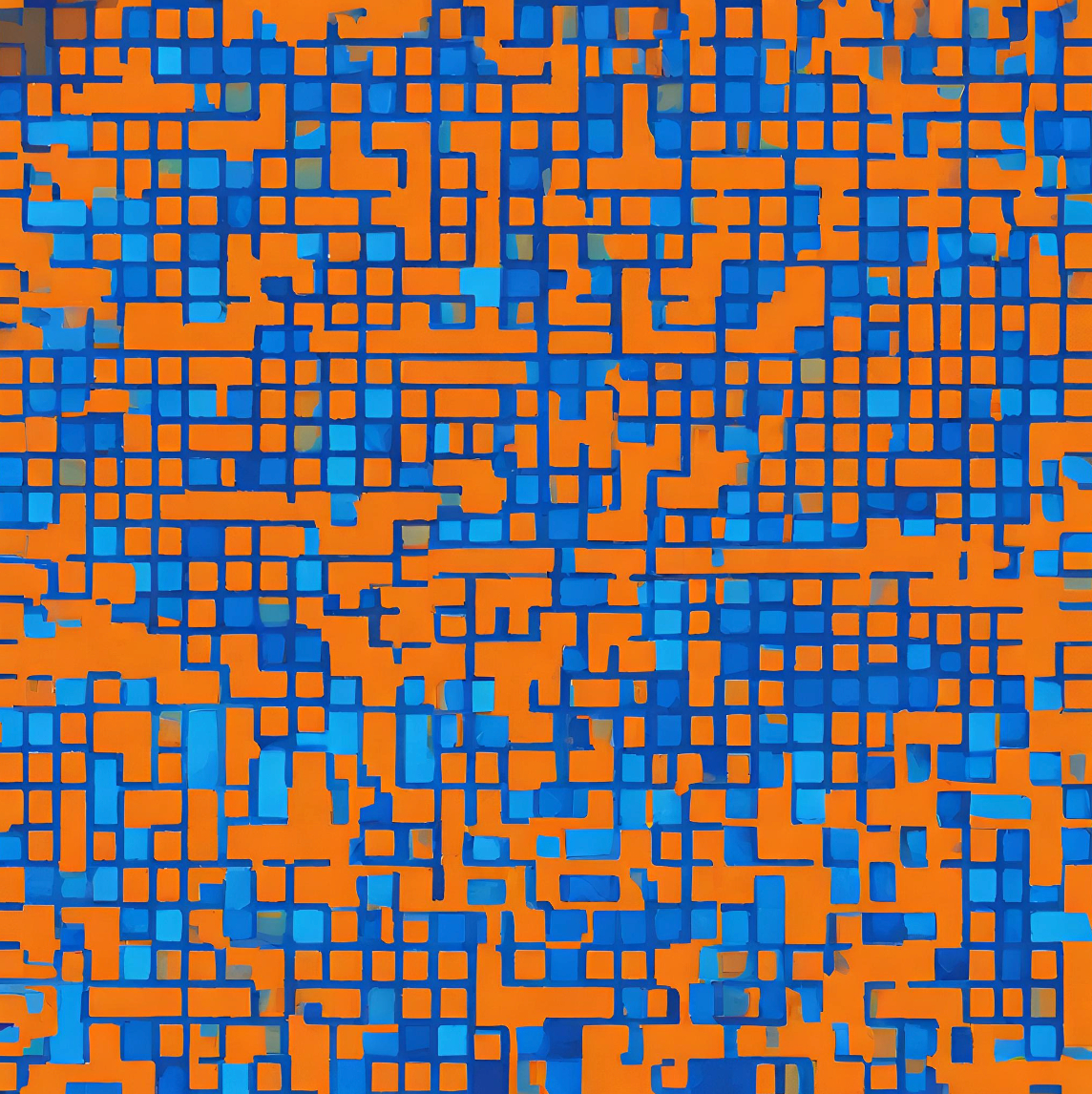129 reads
Researchers Invent Lightning-Fast AI Boost for Small, Complex Datasets
by
January 27th, 2025
Audio Presented by

Procrustes' method aligns and adjusts, making data conform, with precision and control, in the realm of math and shape.
Story's Credibility

About Author
Procrustes' method aligns and adjusts, making data conform, with precision and control, in the realm of math and shape.